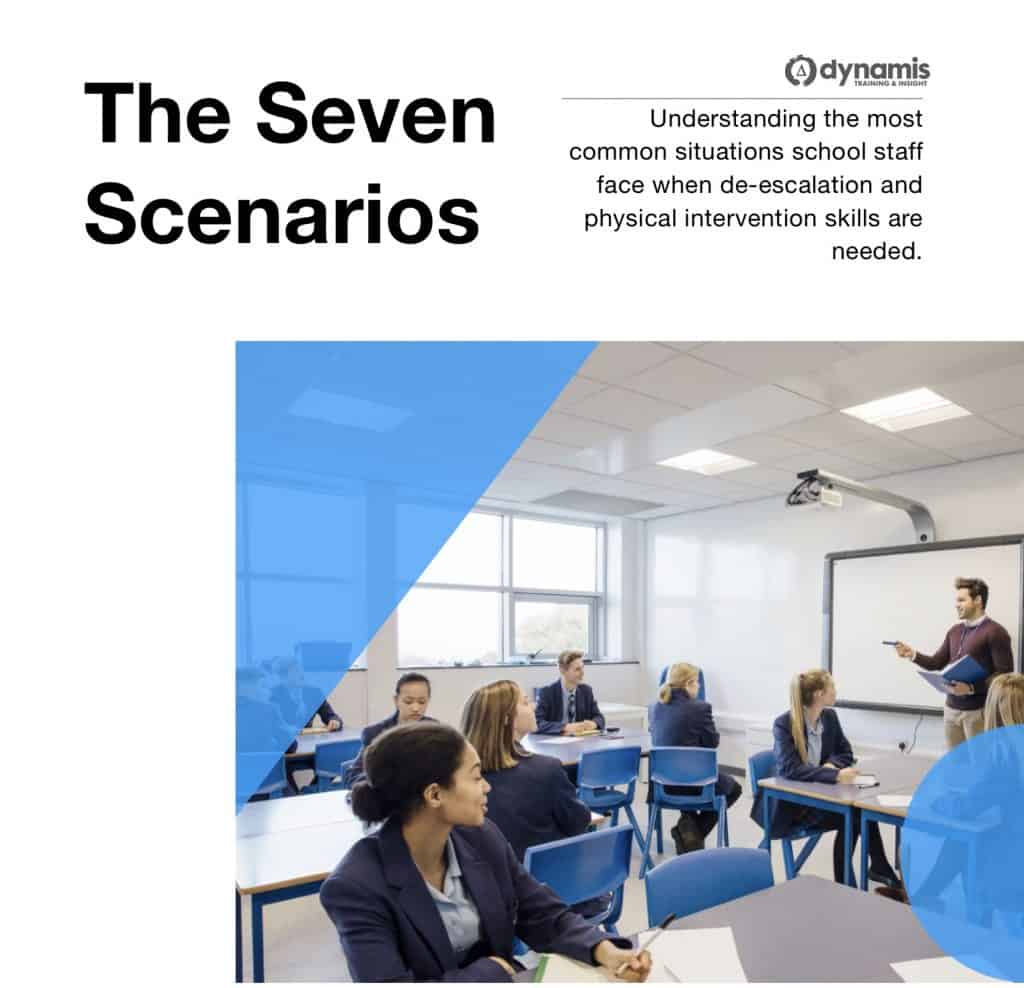Positive Handling Risk Assessments
Positive Handling Risk Assessment is at the heart of an effective response to the issues of school-based aggression and violence. Once the potential risks have been recognised within an organisation, the next stage is to identify the specific risks associated with each role and then provide measures that will eliminate or minimise the risks identified.
The Management of Health and Safety at work Regulations 1999 section 3 states that:
“Every employer shall make a suitable and sufficient assessment of – the risks to the health and safety of his employees to which they are exposed whilst they are at work.”
There are three basic ways in which Positive Handling Risk Assessment can be carried out:
Generic violence risk assessment of role: This involves an analysis of all the activities commonly associated with each job role that carries a level of risk from work-related violence. For example, SEN teachers, Teaching Assistants who are working with children with Emotional and Behavioural Difficulties, and Pastoral staff may all face different levels of risk and a role-based assessment will help a school to clarify this.
Risk assessment of a pre-planned event: There are many often-repeated scenarios in schools which may deserve their own risk-assessment. For example, the risk of an absconding child leaving school site, the risk of a child needing to be contained in a room or other area, the risk of a child throwing themselves on the floor when they are in crisis, the risk of a medical incident involving a child with a condition. These are forseeable events which may attract the need for an individual risk assessment.
Dynamic Risk Assessment: This is the final layer of assessment, which is carried out in rapidly-unfolding circumstances, which are usually unforseen, by the staff who are attending the incident, often in the midst of a high-stress moment themselves. A dynamic risk assessment happens when a member of staff or a team attempt to balance the risks inherent in a situation in order to reduce the overall harm that may be caused by it.
When approaching risk assessment, a competent person will attempt to follow the hierarchy of controls which seek to reduce risk in a logical fashion, attempting to seek elimination, isolation or control of the hazard in a step-by-step analysis.
To give an example of the usefulness of the hierarchy, one of the control measures suggested by it is “Isolation”. In terms of physical intervention, isolation of the hazard is an important consideration because of the ability, in some circumstances, for staff to shut a door temporarily in order to isolate a child in crisis who is presenting serious violence to staff and possibly other children. This ‘containment’ strategy will be discussed in a future article but we would recommend that schools take a careful look at how they might need to utilise it in certain circumstances.
I visited a school last week where they will, in September, welcome a young man with special educational needs, a history of serious violence and a physical frame measuring 6-feet-4-inches at a weight of about 16 stone. Every member of the staff team is female – they are of average height, weight and physical fitness and vary in age from mid-twenties to mid-forties. The team admitted to me that they are concerned about the behaviours this young man presents and their ability to deal with him. I answered: “As employees, you should do what the Positive Handling Risk Assessment and behaviour plan advises you. If a suitable and sufficient risk assessment does not exist, then it should be your employer’s number one priority. Until it is in place, any harm or injury caused would likely point to a criminal breach of law”.
Positive Handling Risk Assessment Resources:
http://www.hse.gov.uk/pubns/indg163.htm
http://www.hse.gov.uk/healthservices/violence/do.htm
Gerard O’Dea is a conflict management, personal safety and physical interventions training consultant who often advises on the construction of robust Positive Handling Risk Assessment practices. He is the training director for Dynamis, a specialist in personal safety and violence reduction initiatives and the European Adviser for ‘Verbal Defense and Influence’, a global programme which addresses the spectrum of human conflict. www.dynamis.training




